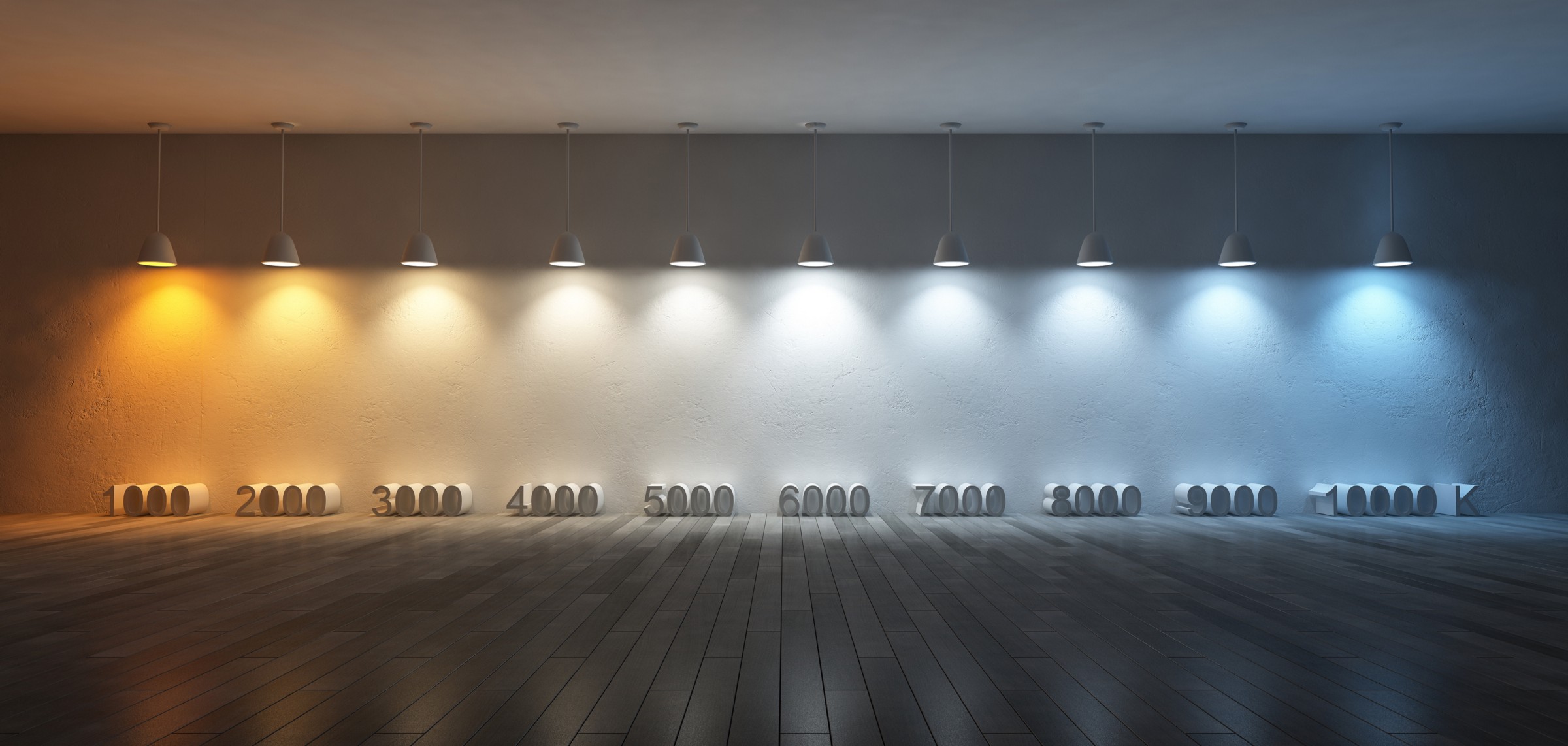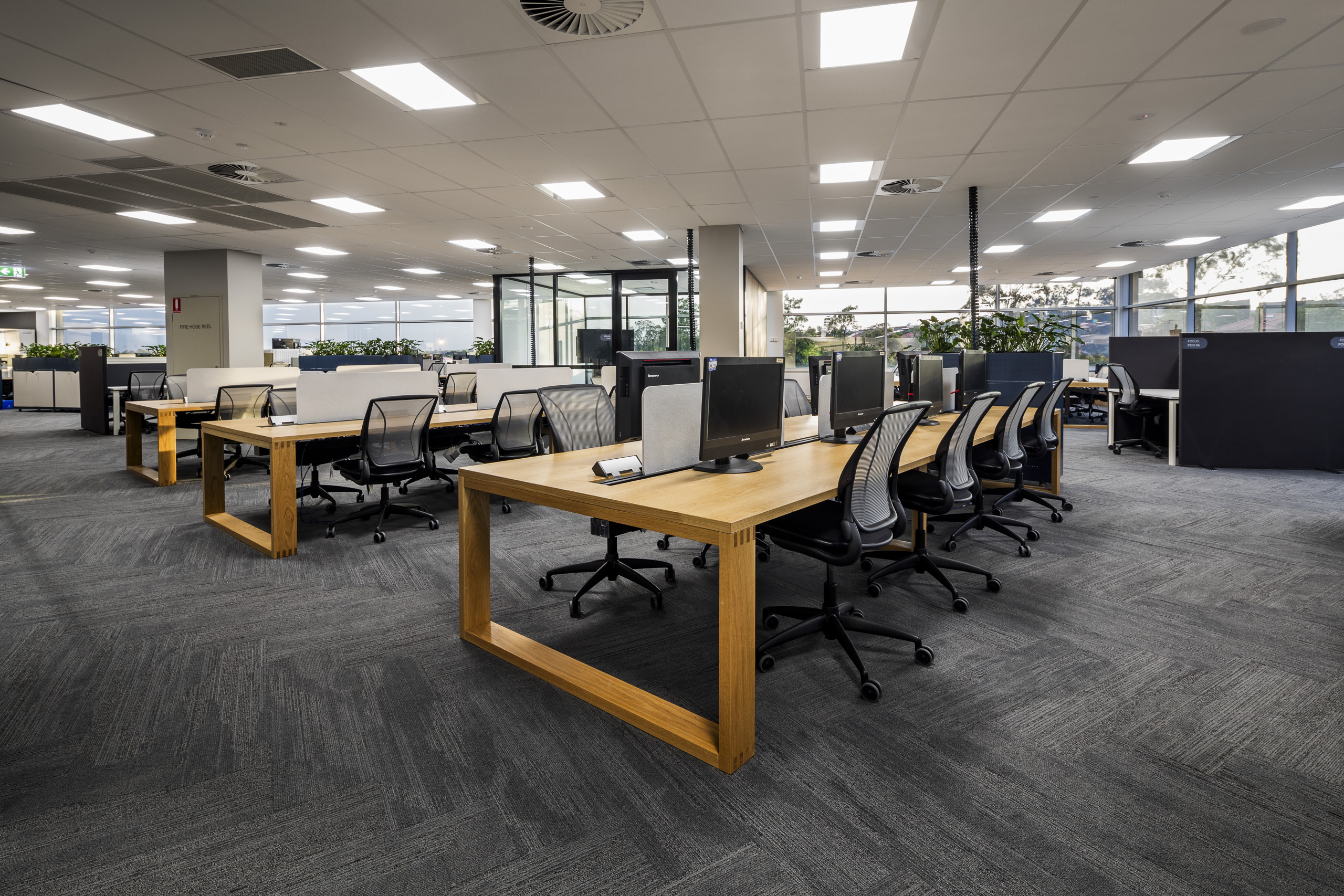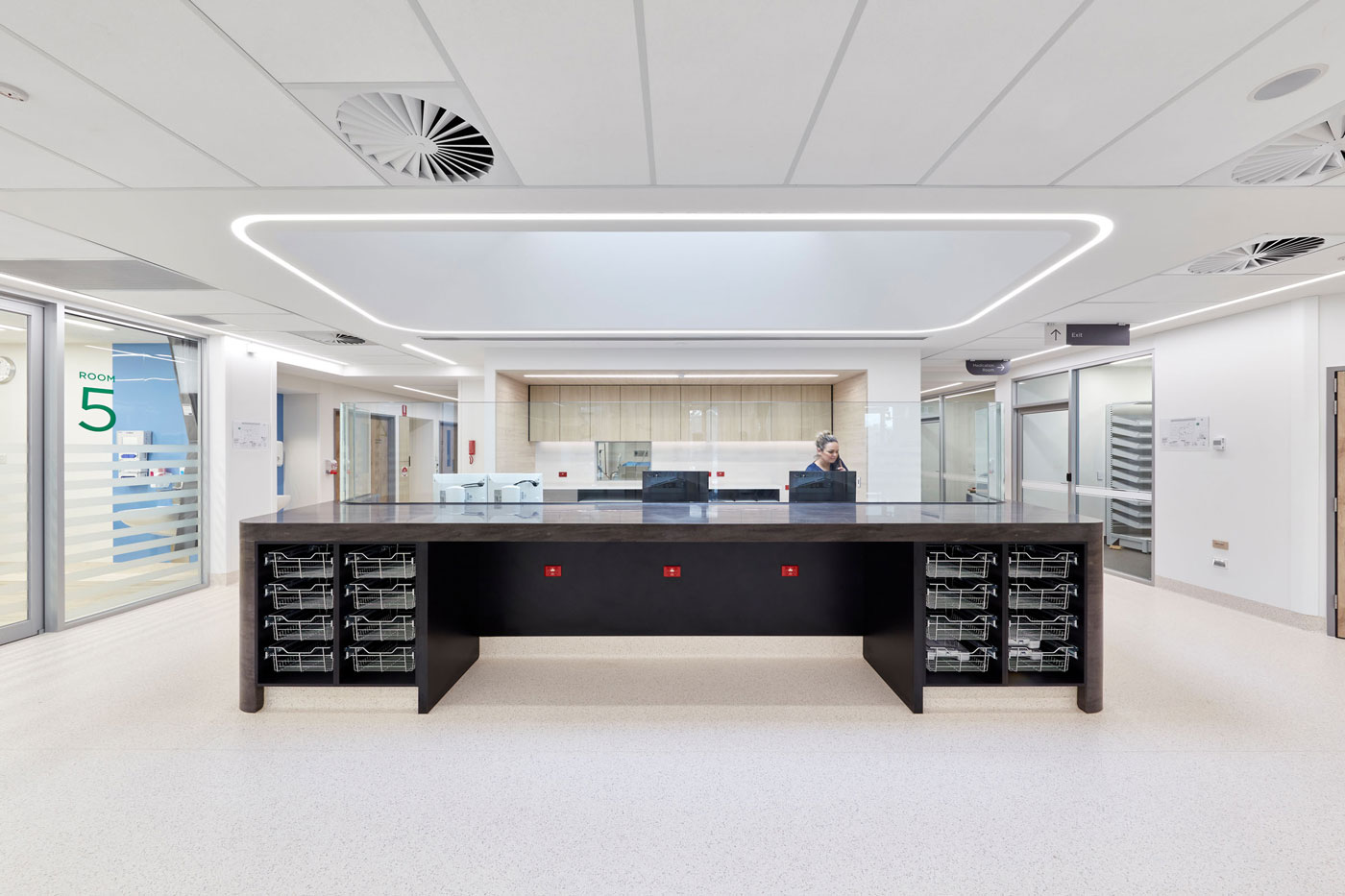Human Centric Lighting
Human Centric Lighting (HCL) is a holistic approach that examines the effects of lighting on people. It involves changing the colour and intensity of white light to support occupant wellbeing, comfort and productivity. Human centric lighting that is designed to emulate natural light can be synchronised with our body’s circadian cycle that regulates our day to night cycle.
In recent years, we’ve seen a dramatic increase in the amount of time we spend indoors. With these lifestyle changes, our indoor environment takes on even greater importance to our health and well-being. The less time we spend in natural light, the more adverse effects we have on our circadian rhythm.
It’s imperative for lighting designers to understand how light can impact us physically, emotionally and biologically. When designing for spaces with human centric lighting in mind, our experienced design team value the wellness of its occupants and work with you to ensure we offer the best lighting outcome to suit your needs. Using dynamic lighting features in an office, school or hospital can improve mood, productivity, and concentration whilst reducing health issues such as eye fatigue and headaches.
LPA has over 30 years of experience in the lighting industry. We have delivered lighting solutions to multiple sectors across the globe, view our projects underlying.


Over the last few years, we’ve seen a shift in workplace design to accommodate the flexibility working environments of employees. Commercial environments that utilise human centric solutions can improve performance, mood, concentration and motivation. It can contribute to a positive workplace and improve our health and well-being physically and cognitively. It is becoming increasingly evident how profound the effects of lighting can be in the office.

Did you know that studies have proven that dynamic tuneable white lighting can significantly improve test results, reading performance and problem solving in education facilities? It can provide alertness, efficiencies and stimulates learning to allow students and teachers to perform better. Teachers have the ability to change their learning environment to support their way of teaching. Changes can be made to the environment to make it more calm, energetic, or conducive to learning.

Dynamic lighting solutions reduce the recoupment time of patients staying longer in healthcare environments. Hospital patients can benefit from human centric lighting solutions by maintaining regular sleep patterns that mimic our daily sleep-wake cycles. This in turns create a positive impact during their stay. The light colour and intensity can improve visual working conditions for medical professionals and let them stay alert during long shifts.
Human Centric Lighting for Offices
As the concept of a workspace advances, more people are recognising the importance of health and well-being within an office setting. Office workers can be working under the same conditions without any reference to what time of the day it is. One of the advantages of human centric lighting is how it can emulate natural lighting to align with the circadian rhythms of the occupants using the space.

